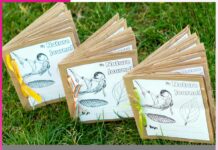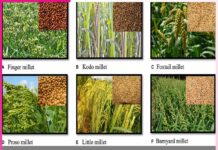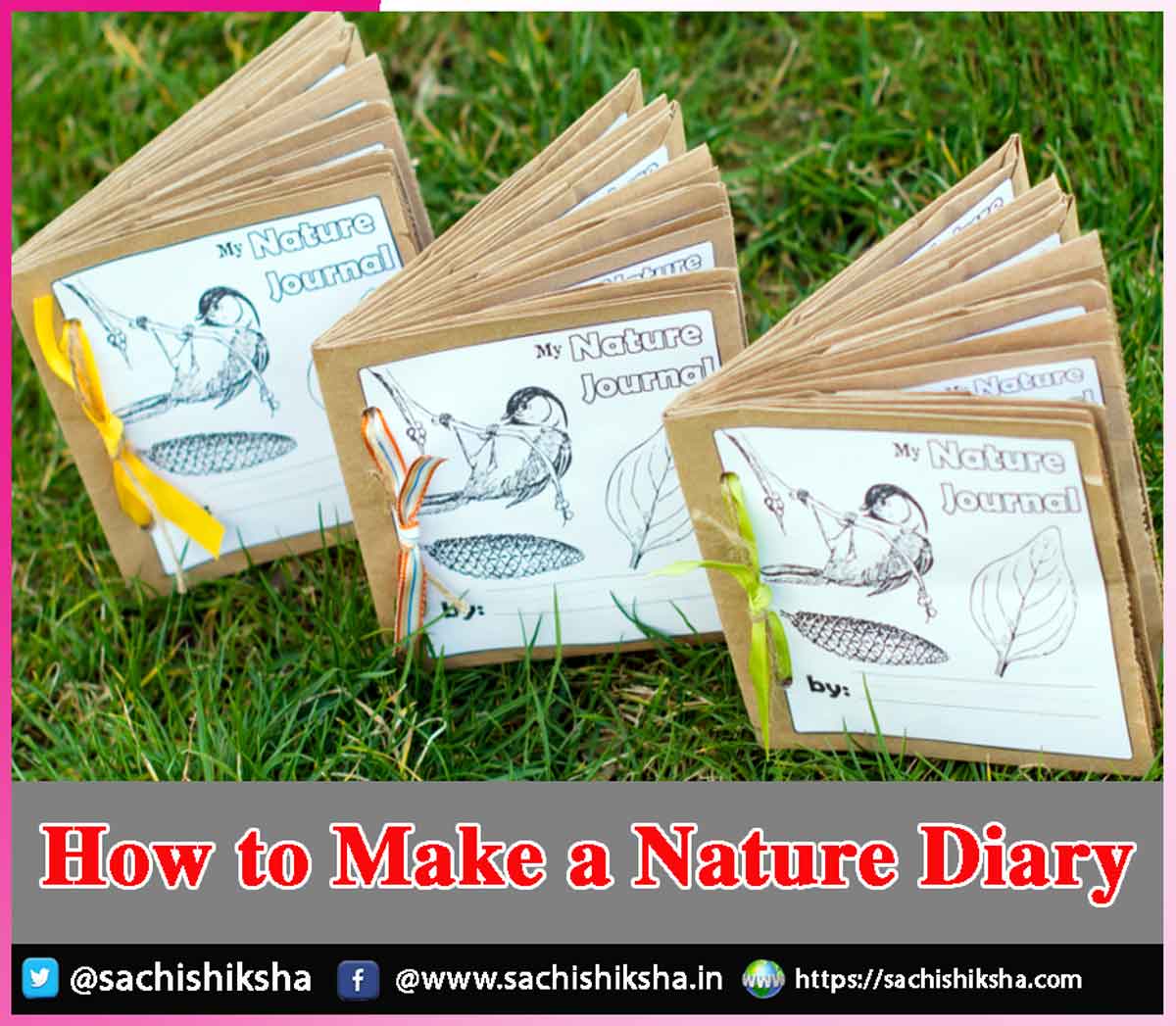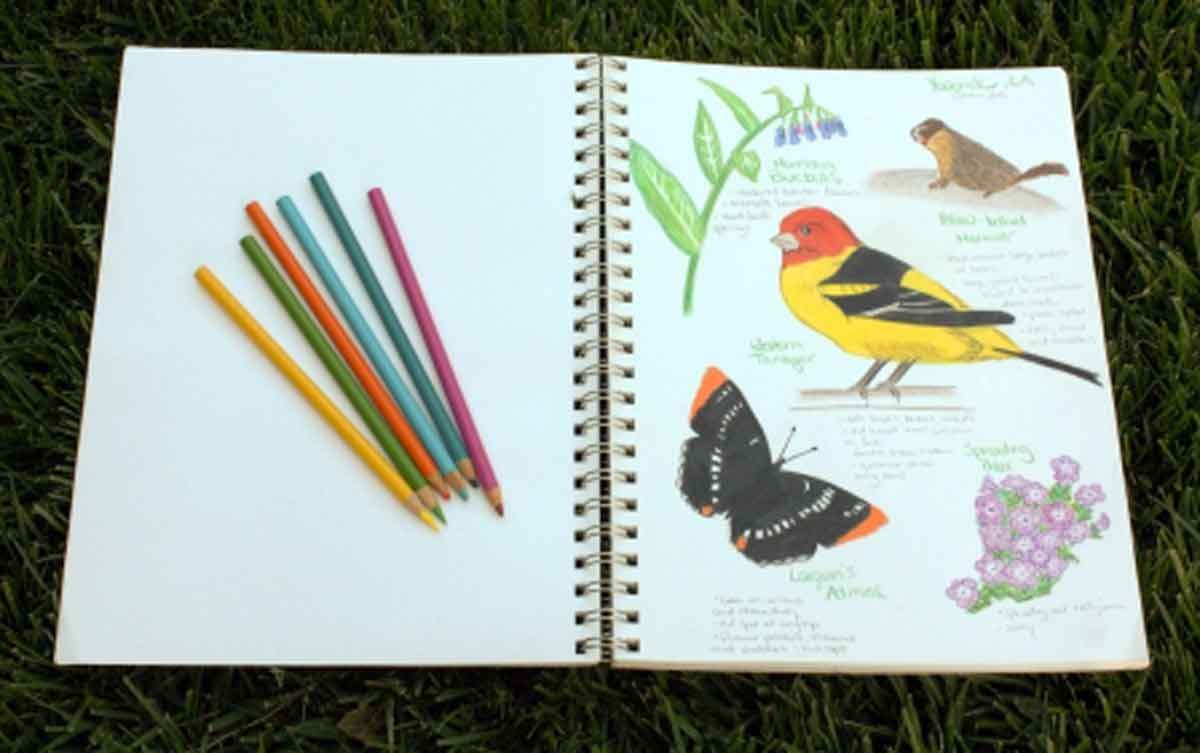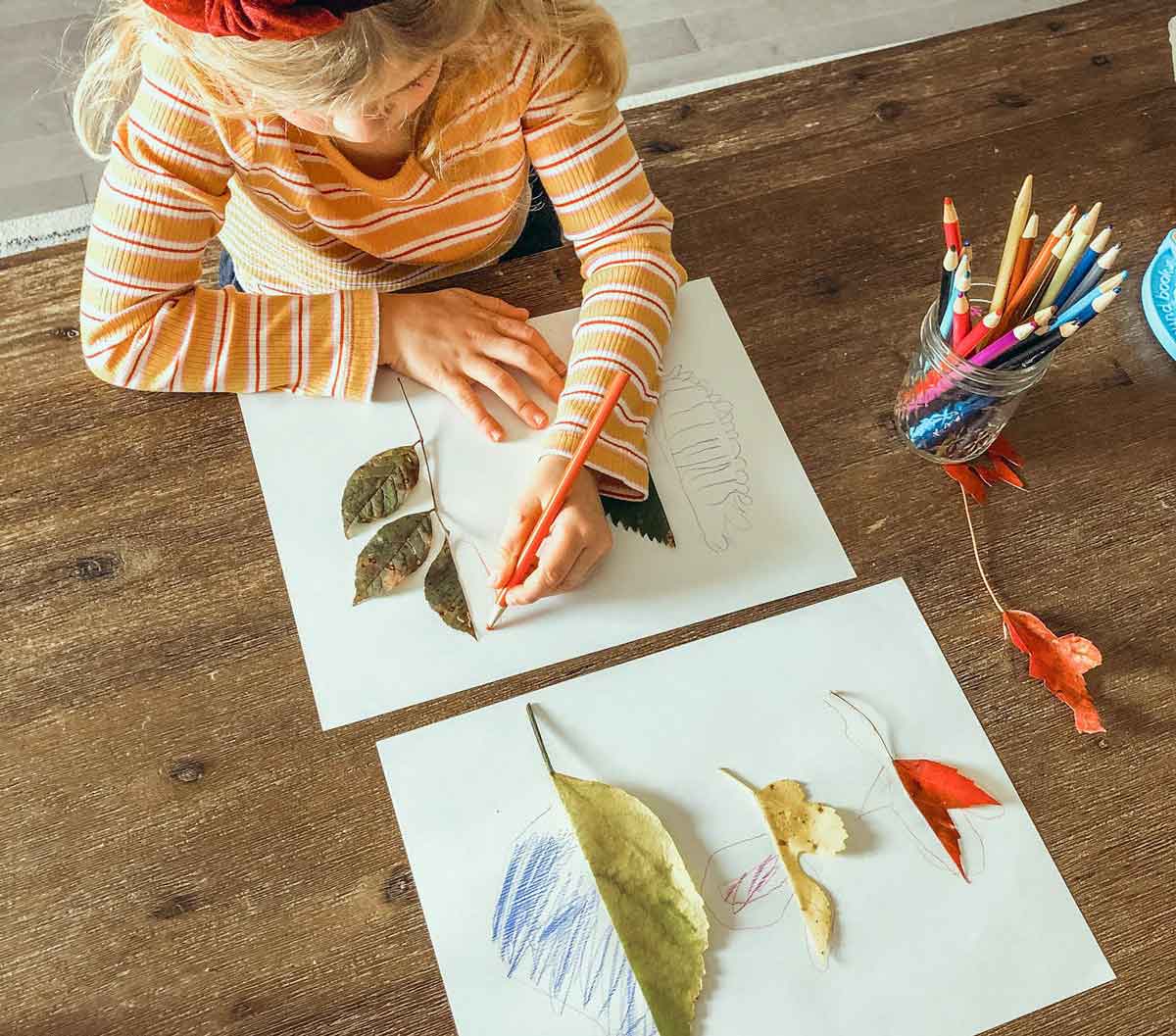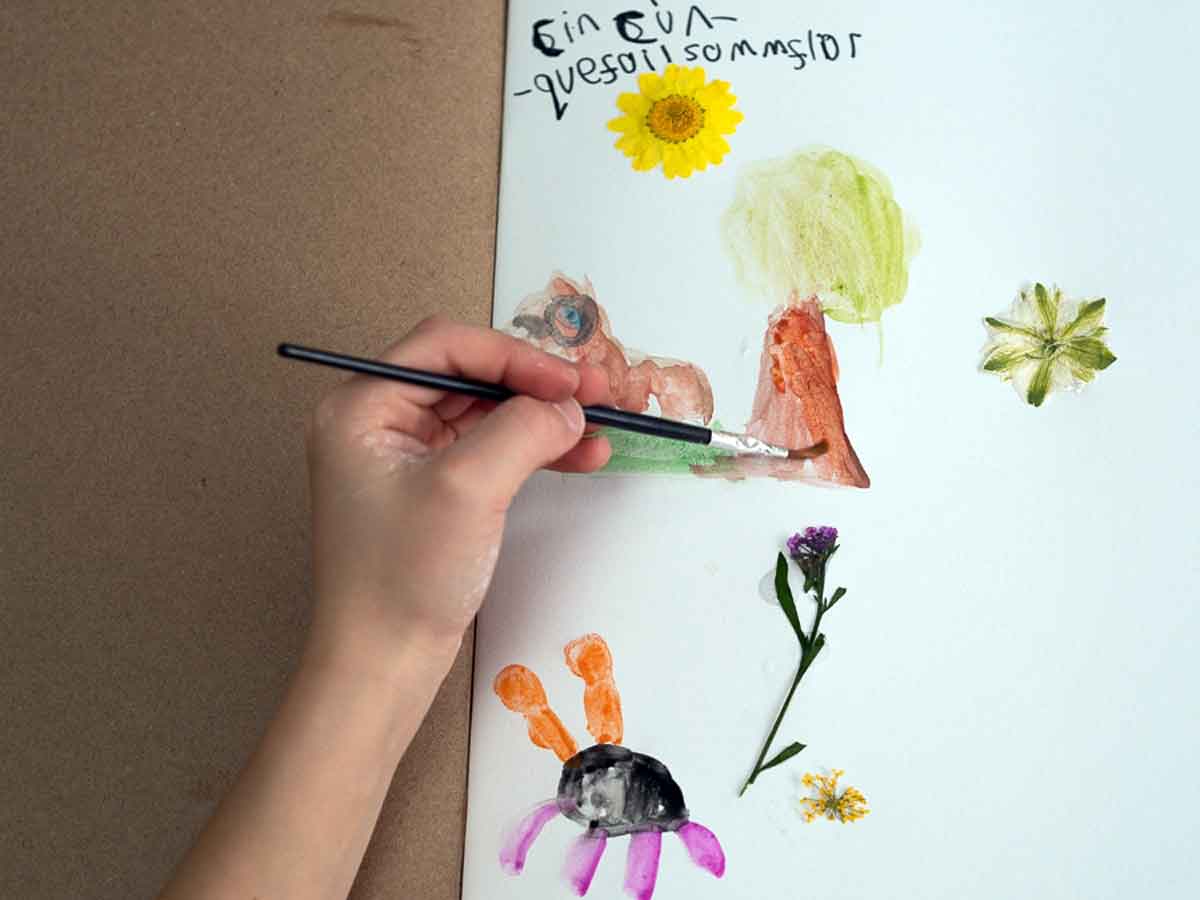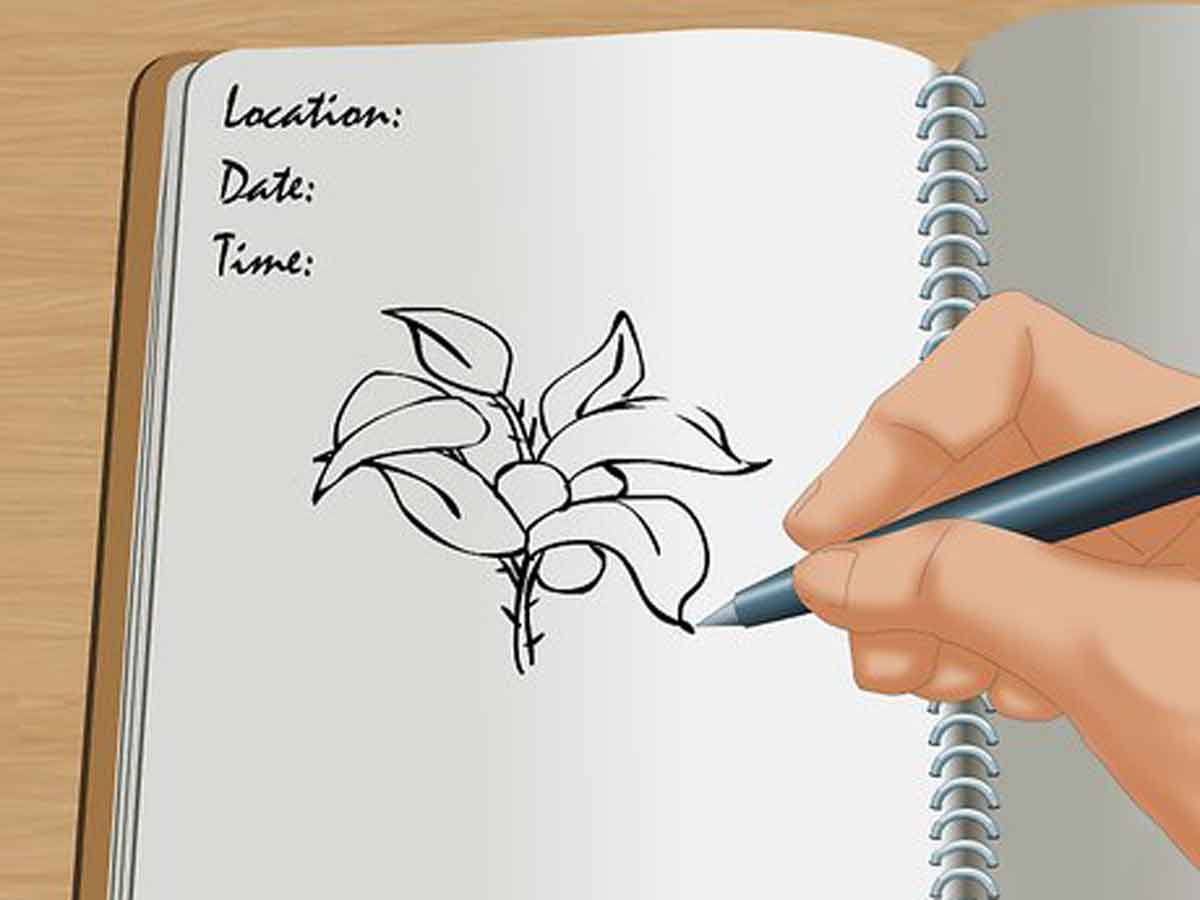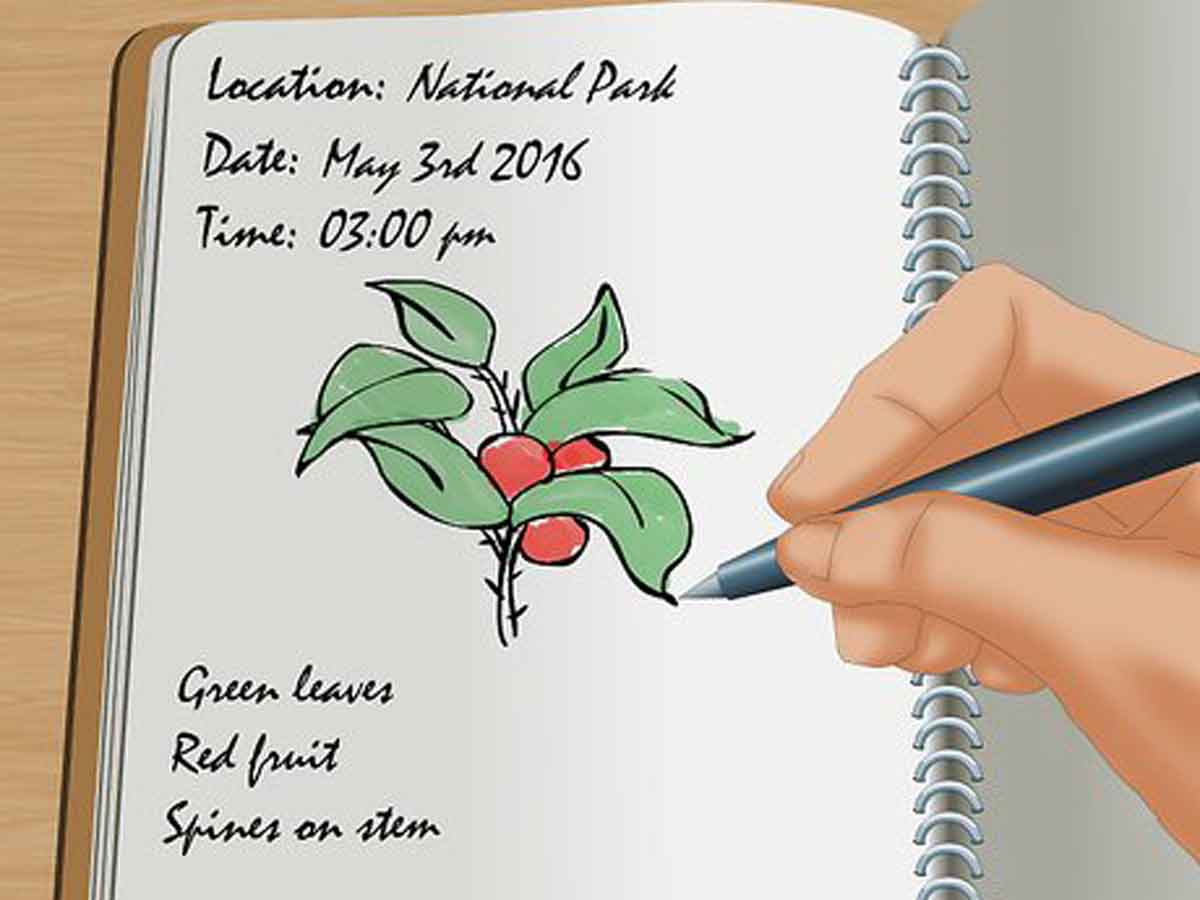How to Make a Nature Diary
Introduction: Creating a nature diary is a beautiful way to connect with the natural world and observe its quiet wonders. Whether you’re a student, a nature lover, or someone looking to slow down and appreciate the little things, a nature diary offers a meaningful way to document your experiences with the environment. Here’s how to make one:
-
Table of Contents
Choose Your Diary Format
The first step is to decide how you want to record your entries. You can use a physical notebook, sketchbook, or even a digital journal. A hardcover notebook with thick pages is great if you plan to include sketches or pressed leaves. Digital tools like apps or blogs work well if you prefer typing and using photos.
-
Pick a Regular Time and Place
Decide when and where you’ll observe nature. It could be your backyard, a local park, your school garden, or even a windowsill where birds perch. Consistency helps you notice seasonal changes and subtle patterns. Morning and late afternoon are ideal for spotting birds, insects, and the play of light.
-
Start with the Basics
On each entry, begin by noting the date, time, location, and weather. This simple habit helps track natural patterns over time. Include details like temperature, cloud cover, wind, and how the environment feels sunny, cool, damp, or breezy.
-
Observe Closely
Take a few minutes to quietly observe your surroundings. What do you see, hear, smell, or feel? Are there birds chirping? Leaves rustling? Insects crawling on a flower? Write about these observations in your diary. Describe colors, textures, movements, and sounds in detail. Use all your senses.
-
Sketch and Illustrate
Drawing what you see adds a visual element to your diary. Don’t worry if your sketches aren’t perfect, just focus on capturing the shape, size, and key features of a leaf, bird, tree, or flower. You can also add labels or notes beside your drawings.
-
Add Pressed Items or Photos
If your diary is physical, you can press small flowers or leaves between the pages (make sure it’s legal and safe to collect them). Alternatively, you can print and paste photos or attach small mementos like feathers or bark pieces.
-
Reflect and Ask Questions
Along with your notes, add thoughts or questions. For example: Why do these flowers bloom in July? or What kind of bird has a red chest? This curiosity fuels learning and makes your diary more personal and engaging.
-
Be Consistent but Flexible
Try to write in your diary regularly, but don’t stress about it. Even weekly entries can create a beautiful record over time. Nature changes daily, and each entry will be unique.
-
Look Back and Learn
After a few weeks or months, flip through your diary to notice patterns or changes. You’ll see how plants grow, how seasons shift, and how your observation skills have improved.
Conclusion
In the end, a nature diary is not just about recording what you see, it’s about forming a deeper connection with the world around you. It turns simple moments into treasured memories and makes you more aware, mindful, and appreciative of nature’s quiet beauty.












